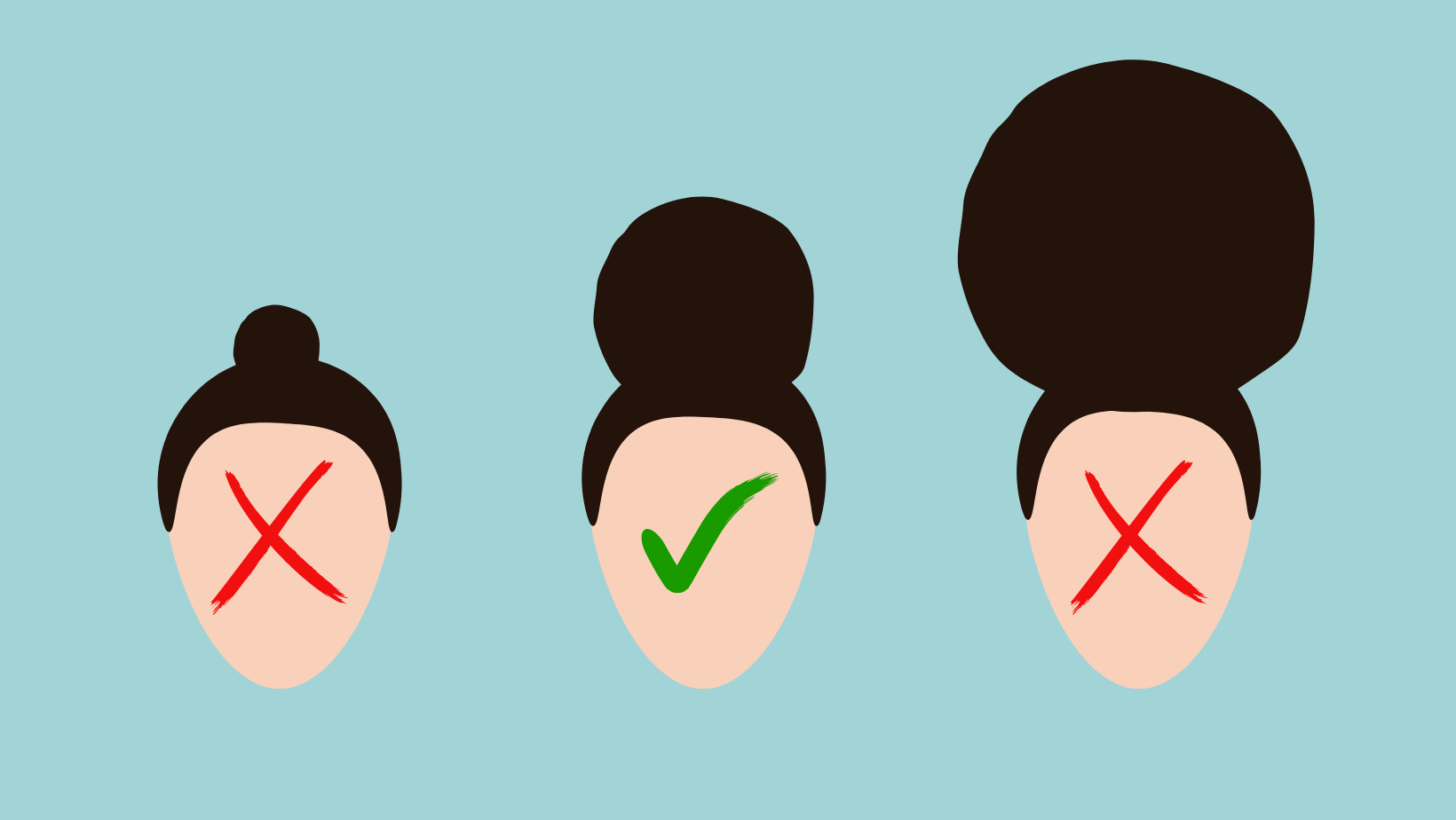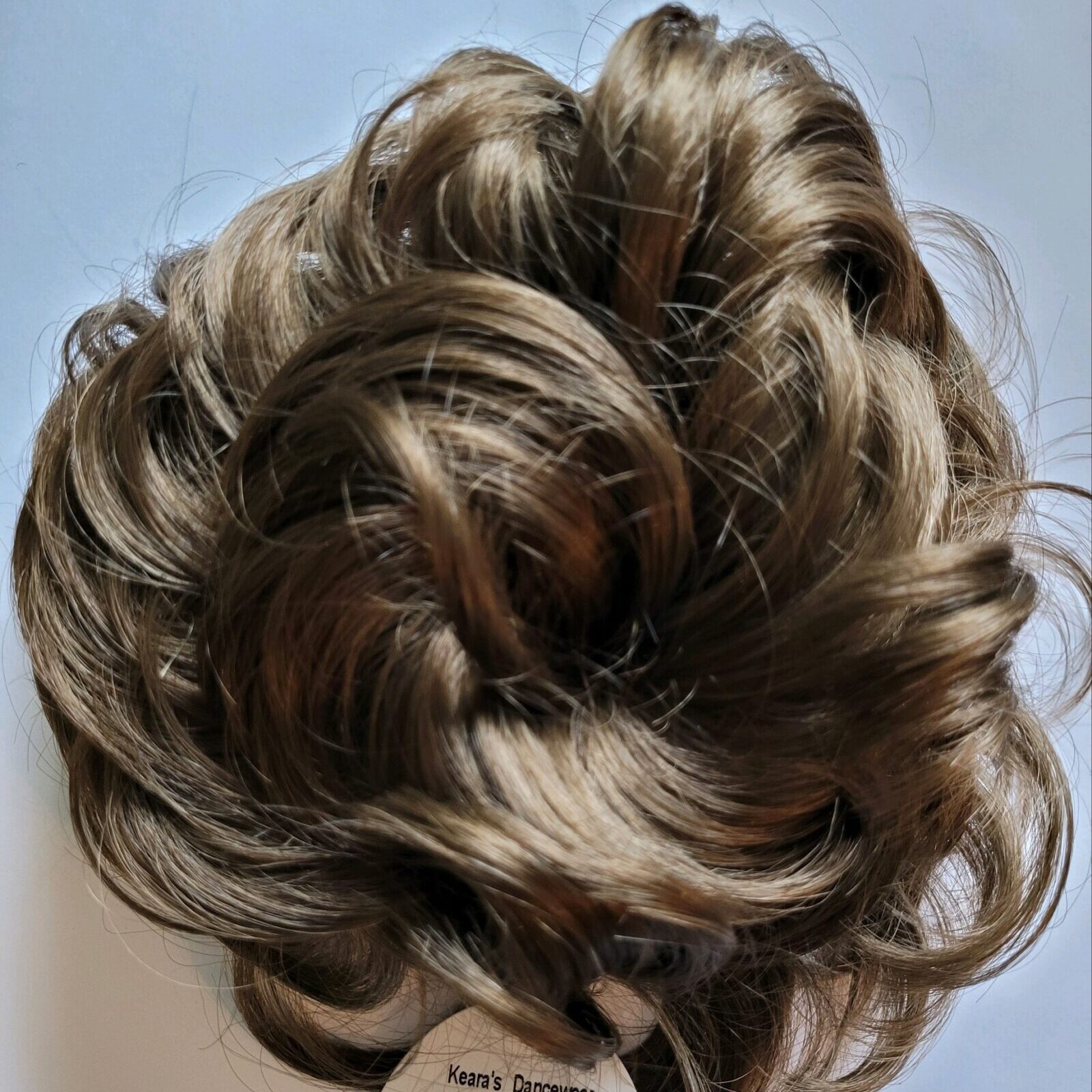So, the time has come for your dancer to get their first wig. That’s great! Your first wig can be a big deal in Irish dance- it’s a sign that you’re advancing and getting a bit more serious about the sport. But, like a lot of things in Irish dance, getting your first wig can be a confusing process sometimes. At Irish Seams, we like to help people who are looking for answers, so we put together this list to answer a few common questions about your first wig.
When should I get my first wig?
As with many things Irish dance, this will depend on your school and your teacher. Generally, dancers don’t need wigs until they’re at least Novices. They almost never need one for their first feis. So in short, don’t worry about getting one before your teacher lets you know that it’s time.
Once they do tell you to get your dancer a wig, you’ll probably have questions like:
What style should I get for my first wig?
Individual teachers might have specific brands or styles in mind, but most dancers start out with a small bun. Buns- or bun cover wigs, as they’re technically called- are a great pick for beginners for a few reasons.
It’s easy to learn how to put them on securely, which is a lot easier on both dancer and parent.
They’re relatively fast to put on, which reduces the amount of time spent pulling your dancer’s hair into shape.
And they’re light and out of the way, which makes it easier for the dancer to get used to them.
These are all good reasons to start out with a bun cover. A good next question to consider is:
What size of small bun do I need?
Yes, there are two sizes of small bun covers. The reason for this is that you want the bun to be small but not tiny compared to your dancer’s head, so older dancers often need a larger bun than smaller or younger dancers. Here’s a rough rule of thumb for this size of wig:

We carry two wigs that are considered small bun covers: the Kara and the Keara Single. The only major difference between them is that the Keara Single is larger, so it doesn’t look silly on older dancers’ heads. Other brands will use different names for those sizes, but they will usually have equivalents.
Most of the time dancers start branching out into other styles when they get to Prizewinner. This is when you start looking at larger buns or full wigs, but that will be covered another time. For now, we’re focusing on those just starting out.
What color wig should I get?
It’s mostly going to depend on your teacher’s preference at this stage. Some schools will have all of their dancers wearing the same color wig. Others will prefer that the dancers match their own hair colors… and others don’t have a preference. If your teacher doesn’t have a preference, we suggest that you not worry about colored hair spray or dyes for your first wigs. Matching your dancer’s hair color is a little bit more effort right at the start, but it’s usually less work every time you buy or put on a wig from then on.
The best way to match your dancer’s hair color to a wig is to have wigs in your hands and lay them on your dancer’s head to compare. You can set up an appointment with us at our shop or visit our booth at a feis and we’ll be happy to help you with that. But that’s not always a practical option.
Your next best bet is to compare with a sample ring, which is effectively a keyring where every key is a lock of fake hair with a number tag that tells you what color it is. This isn’t quite as good with wigs that have multiple hair colors, like certain lighter browns and blondes, because the small hair sample might not have the full range of colors the wig or your dancer’s hair would. It will still get you pretty close. If you want to buy a sample ring from us, you can do so in-store or by calling us at 240-997-4583 during business hours. Once you’re done with it and have your dancer’s wig color, you can return it for a full refund if it’s in good condition.
The third option is to take a picture of your dancer in good lighting and send it to us at BJ@irishseams.com with the subject line “Wig color match”. Be sure to have the dancer’s hair pulled back off of their face to expose the hair at their crown. Hair tends to get lighter towards the end, and that part will be under the wig. We’ll do our best to approximate what wig color will match your dancer, and give you a smaller range of options to start looking into.
It’s very rare to find an actual perfect match with a wig, especially because natural hair tends to get lighter or darker depending on the season. Luckily, you don’t really need to get a perfect match for it to look perfectly natural.
Luckily, while wig companies have different numbering systems to track what color their wigs are, they’re not massively different. They all go with darker colors being lower numbers, and lighter colors being higher numbers. For example, color #2 is nearly black, #10 is a medium brown, and #24 is blonde. If you’ve been color matched to one brand, the matching number in another brand probably isn’t far off.
How do I put my wig on?
Putting wigs on is as much of an art as it is a science. It’s best to learn from someone who can demonstrate it, but this short guide should help you get a basic gist of the process.
First, you need to decide what you’ll do with the hair in front of the wig. There are a lot of options here, like poufs, side sweeps, or bangs, but new dancers often just pull all of the hair back smoothly. That’s a good place to start when you’re first learning how to put the wig on, but if you want to do something else this is when you should separate your dancer’s bangs from the rest of their hair to use later.
Use a hair tie to put your dancer’s hair into a tight ballet bun on the very top of their head. It helps for them to be tilting their head up while you make the bun to make sure it’s forward enough. If the dancer looks down, the ponytail will slip backward.
Once you’ve done that, put a hair donut available from us here over the bun to give it more volume. Secure it in place with bobby pins. For a Kara, you will need a Large donut. For a Keara Single, you will need an XL.
Then put your bun wig on over that. You want to tighten the loop of elastic enough that it’s firmly on, but not so much that it becomes a sphere. Then secure it to your dancer’s hair with more bobby pins, making sure to catch the elastic band in them for the best grip.
Finally, it’s time to handle your dancer’s bangs and any messy parts around the back. The bangs can be tucked into a pouf, folded over a pouf comb, or swept to the side. For any loose locks at the back you can use hairspray to sculpt them into neater positions. Pin them up with small bobby pins to be sure they stay.
After that, all you have to do is put your headpiece on if you’ve got one and jump up and down a few times to make sure it all stays!
So now you have a wig and you know how to use it! But what do you do when the feis is over?
How do I take care of my wig?
You should make sure to let your wig dry and air out shortly after using it. They tend to get a lot more sweat in them than you’d expect, and this helps with that. ONLY air dry your wig, though, because heat and tumbling are the quickest way to make them frizz right up.
Once it’s fully dried, bun wigs should be stored in sealed containers that don’t give them room to slide around too much. They usually come in zip baggies that are good for this, but small Tupperware bowls are also useful. You want to avoid moisture as best you can. If it gets packed down or crushed, shaking it out a little will liven it up quickly.
To clean your wig, put it in a sink or large bowl with cold water and a small amount of shampoo, then swish and swirl it around for a bit. Warm water will cause it to frizz up. Scrubbing is discouraged because it can lead to tangles. Once it’s clean, rinse thoroughly and allow it to dry.
If your wig starts to get frizzy, you can make your own wig conditioner to tame it back into shape and restore the shine. Mix a few drops of conditioner with cold water in a spray bottle, then shake well and spritz your wig a few times and work it back into curls. We like Argan oil, but any conditioner will work.
If a spot gets really knotted up, you can trim it off carefully and the curls will cover it. Obviously, there are only so many times you can do this before it starts to show, but it’s a good fix for a really bad tangle.
And with that you have all the basics of choosing and caring for your first wig. If you want a more in-depth overview of how to put your bun wigs on, you should check out our article here.
Good luck and happy dancing!

